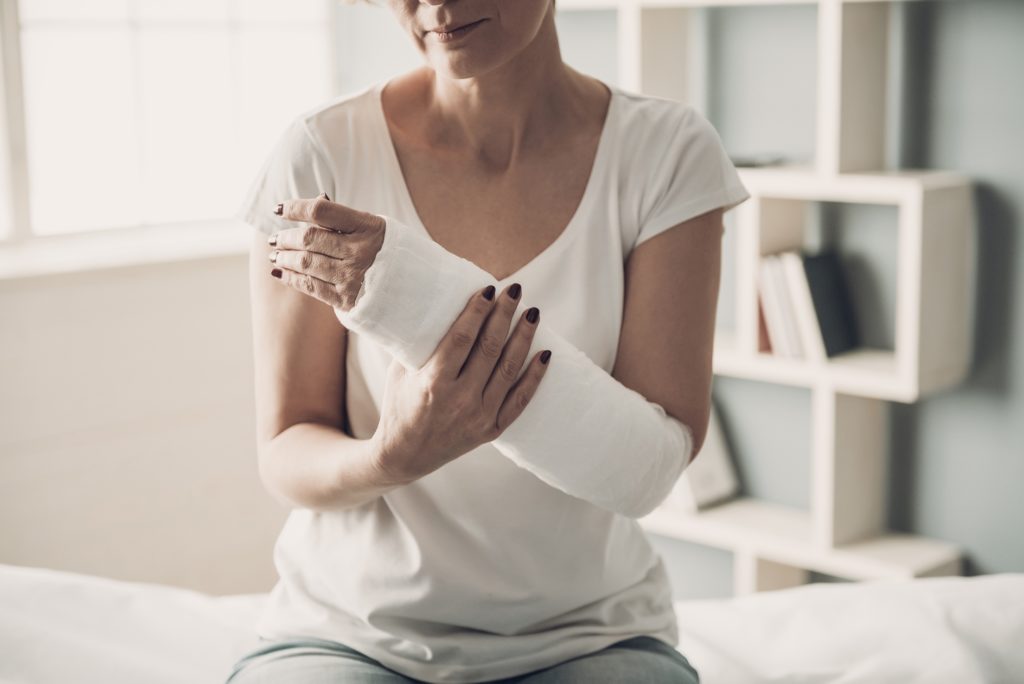A University of Oxford study has found that the use of metal K-wires, commonly known as ‘pins’, to hold broken wrist bones in place while they heal are no better than a traditional moulded plaster cast.

The DRAFFT2 study by researchers from the university’s Nuffield Department of Orthopaedics, Rheumatology and Musculoskeletal Sciences (NDORMS) was funded by the National Institute for Health Research (NIHR) Health Technology Assessment (HTA) Programme and supported by the NIHR Oxford Biomedical Research Centre (BRC).
Wrist fractures are common, especially in older women. If the bone fragments have displaced (moved out of their normal alignment), they often require ‘manipulation’, followed either by surgery to insert metal wires or plates, or a moulded cast as a non-surgical alternative, to hold the bones in position while they heal.
Surgery is expensive and carries risk for the patient, whereas a moulded plaster cast is cheaper but may not provide the same functional outcome.
To find out which of these treatments is superior, the researchers tracked the progress of 500 adults with a displaced wrist fracture at 36 NHS hospitals between January 2017 and March 2019. The results have been published in the BMJ.
The study randomly allocated patients to receive a cast or surgical fixation with K-wires after manipulation of their fracture. Their average age was 60 years and 83% of them were women.
The main way of measuring outcome was the Patient Rated Wrist Evaluation (PRWE) score after 12 months. This included questions about pain, function and disability, and gave an overall score from 0 (best) to 100 (worst).
Other outcomes were the PRWE score at three and six months, quality of life, and complications, including the need for later surgery.
While both groups showed improvement over the 12-month period, no statistically significant difference was seen in the PRWE score at three, six or 12 months.
Health-related quality of life also showed a similar pattern of recovery in both groups, and again the difference between them was not significant.

However, one in eight patients treated with a moulded cast needed later surgery for loss of fracture position in the first six weeks after their injury, compared with just one patient in the K-wire group.
Matt Costa (pictured left), Professor of orthopaedic trauma surgery at NDORMS and the Co-lead of the Oxford BRC’s Musculoskeletal Theme, said: “Surgical fixation with K-wires did not provide better wrist function at 12 months compared with a moulded cast, indicating that a cast is an acceptable first line treatment following manipulation of a dorsally displaced fracture of the distal radius.
“Cast treatment avoids the expense and risks of surgical fixation for seven out of eight patients. However, careful follow-up is needed as one in eight patients treated with a cast required subsequent surgical intervention as the fracture reduction could not be maintained,” he added.